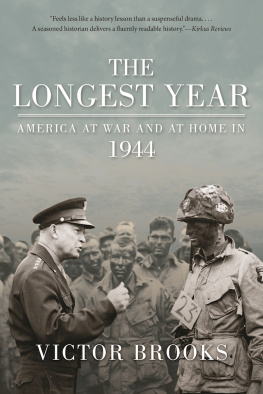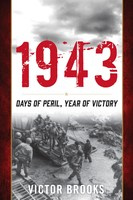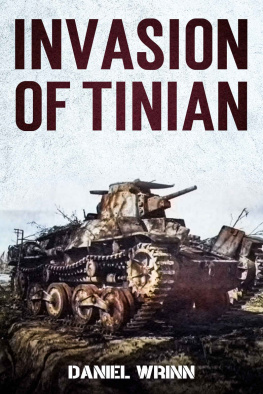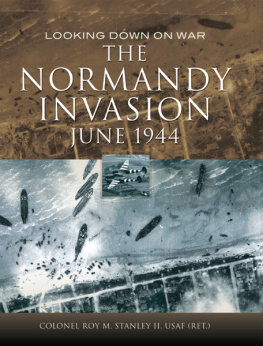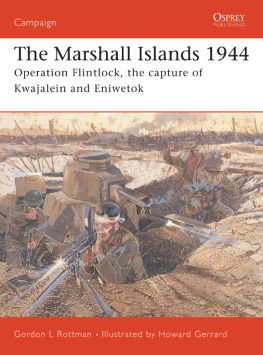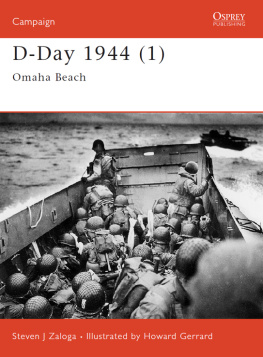Copyright 2016 by Victor Brooks
All rights reserved. No part of this book may be reproduced in any manner without the express written consent of the publisher, except in the case of brief excerpts in critical reviews or articles. All inquiries should be addressed to Skyhorse Publishing, 307 West 36th Street, 11th Floor, New York, NY 10018.
Skyhorse Publishing books may be purchased in bulk at special discounts for sales promotion, corporate gifts, fund-raising, or educational purposes. Special editions can also be created to specifications. For details, contact the Special Sales Department, Skyhorse Publishing, 307 West 36th Street, 11th Floor, New York, NY 10018 or .
Skyhorse and Skyhorse Publishing are registered trademarks of Skyhorse Publishing, Inc., a Delaware corporation.
Visit our website at www.skyhorsepublishing.com.
10 9 8 7 6 5 4 3 2 1
Library of Congress Cataloging-in-Publication Data is available on file.
Cover design by Rain Saukas
Print ISBN: 978-1-5107-1132-7
Ebook ISBN: 978-1-5107-1134-1
CONTENTS
Preface
D uring the more than two centuries of American existence as a nation, politicians, historians, and average citizens have chosen a few specific years as particularly crucial to who we are and what we have become as a people and a nation. The year 1776 is an obvious choice, as it represents the birth of the United States; 1865 represents the rebirth of a divided nation; 1945 witnessed the end of the most massive war in modern history; and 1968 witnessed political discord, major assassinations, and significant generational conflict. However, it is also true that the period immediately before or after these seminal years might have been as important, or even more so, than the original iconic twelve-month span. The year 1777 may very well have been the most important period in the War of Independence, as it produced the victory at Saratoga, which brought France into alliance with the still-struggling infant republic. The Union victories at Atlanta, Mobile Bay, Franklin, and Nashville in 1864 did far more to end the military capacity of the Confederacy than any battle in 1865. Much of the discord that made 1968 such a tense year was incubated in a 1967 generational confrontation in such locales as San Francisco (the Summer of Love) and the antiwar rallies on numerous college campuses.
Much of the concept for this book is based on a similar premise: the climax and eventual Allied victory in 1945 was based heavily on the enormously important events of 1944, which pushed the two main Axis powers, Germany and Japan, from still relatively confident belligerents in late 1943 to nations reeling toward defeat by January of 1945.
This book does not have the word decisive in its title because the list of truly decisive decisions made by the Axis and Allies stretches over the length of the six-year conflict in which the German failure to conquer Great Britain in 1940 and the Japanese inability to sink the American carrier fleet at Pearl Harbor in 1941 are in many respects as decisive as almost any event in 1944. Therefore, I have chosen the title The Longest Year as a narrative of the American experience in a multimonth period, of which the iconic Longest Day of Operation Overlord is roughly at the midpoint of this chronicle. Regarding sheer drama, a book on 1944 is an authors dream, with the main challenge being the necessity to keep multiple critical simultaneous events in some readable context.
For sheer drama in any war, it is difficult to match the spectacle of two of the largest invasions in history: Operation Overlord in Normandy and Operation Forager in the Marianas were evolving almost simultaneously at opposite sides of the world, while, just for good measure, another American army was liberating Rome. On another dramatic plane, the heroic stand of an outnumbered, outgunned garrison against the fury of a massive German offensive set in the Christmas card-like setting of the small Belgian town of Bastogne had elements of Valley Forge, the Alamo, and Gettysburg all rolled into one.
I first began to see the possible need for a chronicle of the American experience in 1944 when I was writing my two previous World War II books, The Normandy Campaign and Hell Is Upon Us: D-Day in the Pacific . I was able to include minor references to what was occurring in the other theater in each of these two narratives, but I was already developing an interest in presenting the American war of that year on a wider platform. Then, one of my favorite military history authors, Winston Groom, published 1942: The Year That Tried Mens Souls . Groom created a seamless, multifront narrative of that critical period of World War II, and I began to see an opportunity to utilize my background on 1944 to produce a similar chronicle of another decisive year of the war.
There is a phenomenal delight and satisfaction in having the opportunity to describe, and sometimes link, the multiple battles and critical decisions that permeated 1944. I had the freedom to change the scene of action from Pacific sea battles to the hedgerows of Normandy to the explosion of juvenile delinquency on the American home front without skipping too many beats. World War II was experienced by just over one hundred thirty million Americans ranging from frontline troops who faced imminent death, to frazzled war workers asked to work yet another overtime shift in a bomber factory, to a new mother who discovered that the rubber pants to help keep her newborn baby diapers dry were out of stock with no date when, or if, a new shipment would arrive. Each of these Americans felt the emotion, depression, and triumph of some aspect of the war, and each dreamed of the day when their country would become normal again. This book is largely the story of these one hundred thirty million people, for whom 1944 would be a year that was never to be forgotten.
Two of these people would have more than a minor impact on my life, especially in view of their activities in 1944. At the beginning of this year, my father, an Army Air Force captain, was busy unpacking after a transfer from his former base to a new posting at a field near Rome and Utica, New York. He had started the war working on his doctorate in his hometown of Philadelphia and was now about to experience winters undreamed of in southeastern Pennsylvania, a fact about which he complained frequently to his family. In turn, a young, recent high school graduate of a Utica high school had accepted a secretarial position at the same base, looking for the adventure that seemed very likely in her new environment. Sometime during this snowy winter of 1944, these two people became a couple after a number of officers club events, and they announced their engagement at Christmas and married the following June, after V-E Day and before V-J Day. Nineteen months later, I became an early member of the Baby Boom generation and was soon regaled with tales of World War II from an army of relatives in Philadelphia, Utica, and many points between. All of these people experienced 1944 in different ways, and some of their relatives did not survive the year that was the bloodiest in American history since 1864.
This book, then, is the story of many of these one hundred thirty million people and also, to some extent, the people of Allied nations such as Britain, who befriended and often married them, and the young men of Germany and Japan who fought against them, sometimes with chivalry and other times with cruelty thought unthinkable in a modern twentieth-century world.

